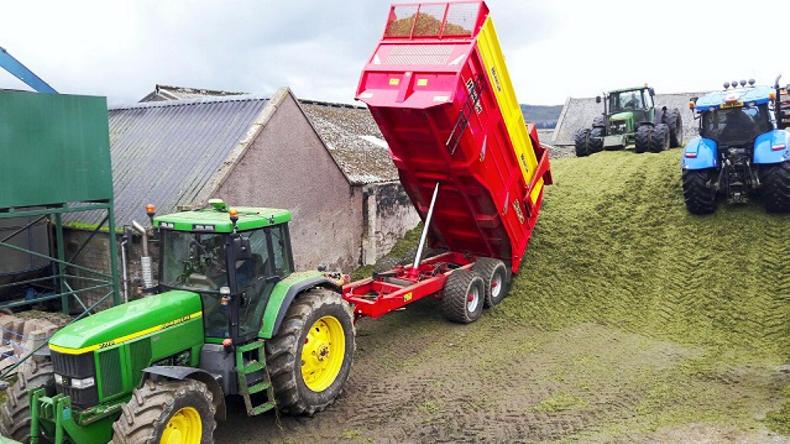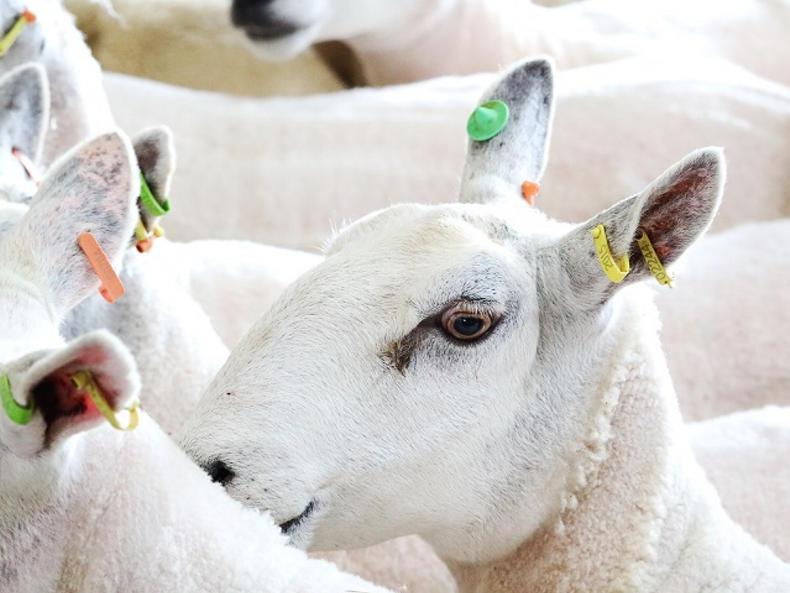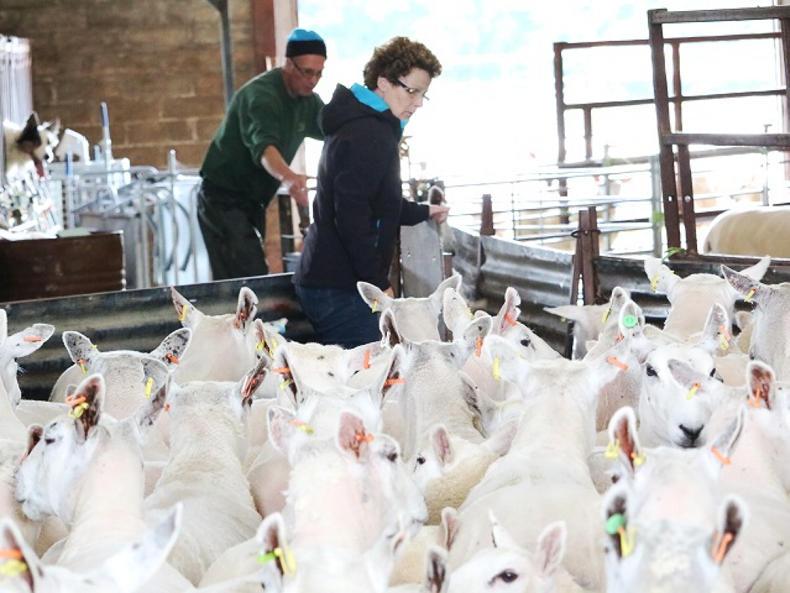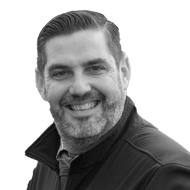Time stands still for no man – never a truer saying. It is now mid-July and 2017 marches on.
Spring whizzed past this year and our daughter Kimberley’s wedding at the beginning of June has been to date the fastest and most enjoyable 24 hours ever experienced.
Our usual summer workload is now in place and a visit to the Highland Show for a couple of days made a welcome return to the calendar.
Late-comers
Our silage is cut a little later here as it is coming from lambing fields and the sheep effectively graze off the first cut, meaning that we generally cut late June.
The grass received 350kg/hectare of 10:18:28 and 350kg/hectare of 27% nitrogen + sulphur in May.
The weather was catchy for a week or so but we finally got the chance to cut on 6 July, with the plan to lift two days later.
Unfortunately, the light showers that were forecast for the following day were anything but, leaving the fields sodden.

We got 36 hours of dry weather after that and lifted started on 9 July.
We got a contractor in to lift the bulk of the silage with a self-propelled chopper and we put an extra tractor on to the pit alongside the buckrake to make sure it is well-rolled.
On par
Looking at the pit, there is less in it this year than last year but at the same time, there is 4ha less in it, so yields are on a par for the year.
In the last update, we mentioned that there was 4ha of surplus grazing that was for the pit but with it having been targeted for grazing and not cutting, it did not get rolled until later.
This meant that when the chopper went in to the field, it had picked up a couple of stones the first time round.
We decided that it would be best to leave the rest of that field for bales and it will get cut and baled along with two fields that are coming out of fallow on 15 July.
Once that is all gathered in, we will do a feed budget to see what we will need for winter.
Last year, alongside the pit, we had cut a steep barley field for wholecrop and got 200 bales from it.

At the moment, the pit is a bit short but with the 8ha going in to bales, we should be around about the same point as last year.
If we are short for winter, we are considering ammonia treating some straw to feed to the spring-calving cows between autumn and Christmas. We will then switch them over on to their normal diet six weeks pre-calving.
Potash levels
At the start of the project, soil samples were taken from a number of fields and found that some fields are quite high in potash, so for fertiliser on the aftermaths we are going to treat them accordingly.
Those fields that are high will get 150kg/ha of 27% nitrogen + sulphur and no potash to reduce the soil reserves to moderate (M). Those that are more balanced, will get 150kg of 24:0:14.
Breeding
The bulls went in with the spring calvers at the beginning of May. One of the aims over the project is to tighten the calving patterns.
We want to get calving down to two 12-week periods, so bulls will be taken away from the cows to keep defined periods.
The spring herd will see the bulls taken away in September.
New arrivals
The summer calvers have started just started calving and the 13 heifers that we will sell with calves at foot in September are due shortly.
They are all on a very bare grass field in front of the house where we can keep an eye on them and are stocked quite heavily, to keep the condition off them until they calve.
Once they calve, they will be moved on to some of the silage aftermaths and this should give a good start to their lactation.
The ewe trade
This year, prime lamb prices have been much firmer than 2016. We have had a couple of draws so far, with 43 wedder lambs away.
We have now weaned the lambs and they are now grazing an 8ha reseed that was sown this spring.

It has an ideal cover for them and with it being clean grazing, we are expecting them to grow on and finish quite quickly.
The ewes are destined for a period on the hill post-weaning to dry them off and then will return nearer home to allow us to go through them to check for any more culls.
This will give us an indication of how many replacements we will need for 2018.






 This is a subscriber-only article
This is a subscriber-only article













SHARING OPTIONS: